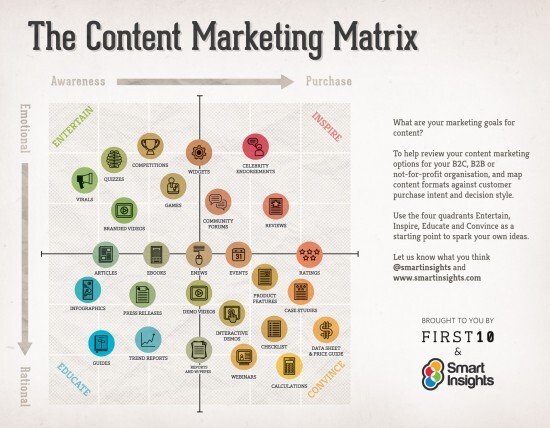Join us and boost your social media potential with our data-led event
Join us and boost your social media potential with our data-led event
In a previous post on Brandwatch I recommended 5 steps to integrate SEO and social media activities. In this follow-up I will look in more detail at some of the tools can be used.
There are many great tools for identifying customer search behaviour. You will be familiar with these if you work in SEO, but not necessarily social media marketing.
The best known known tool is the Google Keyword Tool. It’s an essential tool for getting inside customers’ minds, to see their concerns.
The latest version of the tool now defaults to grouping keywords to target using AdWords, but this also helps identify content themes for SEO and social media.
Google Insights for Search is no longer available, but Google Trends is still worthwhile for finding keywords that are important seasonally or the latest “Rising” trends.
Übersuggest is another keyword identification tool I’d recommend, particularly useful if you’re working to understand how search behaviour differs in different countries.
As I mentioned in the first article, it’s important to group search behaviours which will give you ideas for topics to target across SEO and social media in your content calendar.
I recommend using this type of layout of grouped keywords which can be used for targeting across SEO and social media.
To review the effectiveness of your SEO or social media there are two key techniques using Google Analytics it’s worth applying:
To set targets, the starting point is to implement the right form of tracking in Analytics.
Although Google Analytics or the new Universal Analytics starts collecting data as soon as the site is tagged, more effort is needed to customise reports for each business.
I consult a lot on setting up customisations and dashboards and am still surprised that many companies don’t have good insight on engagement or conversion. Some of the techniques every site should be setup are:
Once customisation has been setup, another tip is to compare the value generated through SEO and social media using the value measures like Per Visit Value and Per Visit Goal Value.
This is really powerful since it gives you insight on which search terms, social networks and content are really working to generate new business for you.
At it’s simplest, a content strategy involves defining the right content to engage different audiences which leads ultimately to leads and sales.
Here’s a different type of tool to the others in this post, which we have developed to help select the right types of content.
We developed a content marketing matrix structured to help you think through the dimensions of different content based on how your audience might think and what you’re trying to achieve as a business.
What will work where your audience are more or less impulsive or rational? What does that mean for content creation and marketing goals?
Depending on the quadrant(s) that you feel drawn to for your audience, it offers a starting point for your ideas generation.
 I hope you find that helpful.
I hope you find that helpful.
Of all the techniques we have reviewed in this post, this is the most familiar to marketers. It’s essential to create an effective content calendar.
Developing a sound content calendar requires:
A nice current example of this is in the UK is the creation of the BUPA knee clinic site, which has been supported by integration with print and web advertorial on The Guardian and other sites.
Offering up analysis and data on everything from the events of the day to the latest consumer trends. Subscribe to keep your finger on the world’s pulse.
Consumer Research gives you access to deep consumer insights from 100 million online sources and over 1.4 trillion posts.
Existing customer?Log in to access your existing Falcon products and data via the login menu on the top right of the page.New customer?You'll find the former Falcon products under 'Social Media Management' if you go to 'Our Suite' in the navigation.
Brandwatch acquired Paladin in March 2022. It's now called Influence, which is part of Brandwatch's Social Media Management solution.Want to access your Paladin account?Use the login menu at the top right corner.



